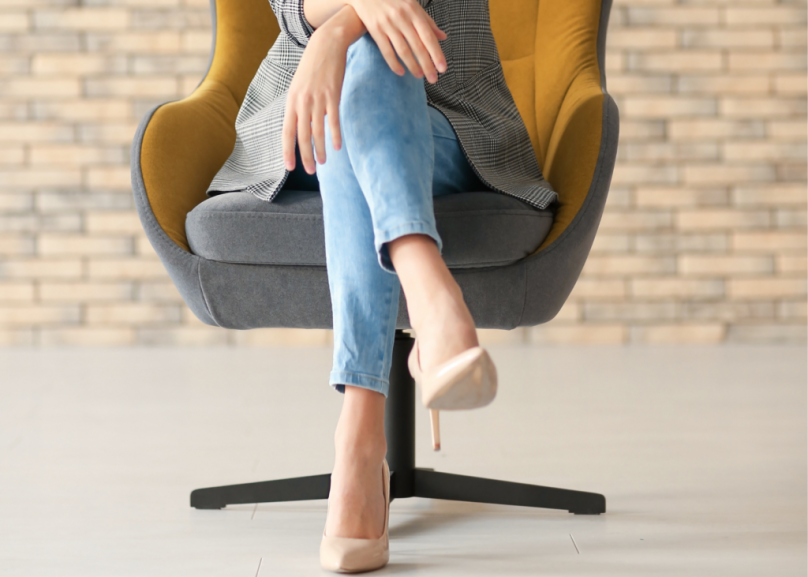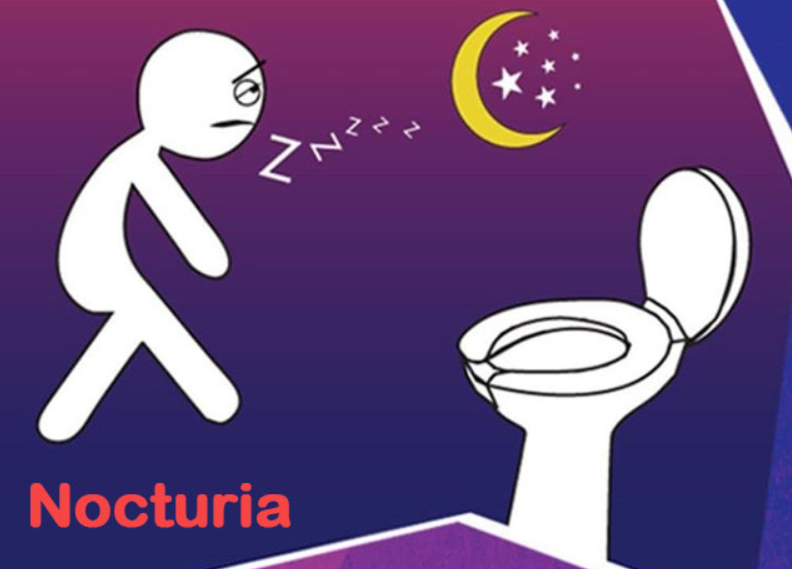Because veins play such a vital function, keeping them healthy is essential for overall health and avoiding unpleasant disorders like deep vein thrombosis (DVT) and varicose veins.
Dr. Peter Finnigan discussed how to identify if your veins are healthy and warned of a common body position that might lead to vein problems.
Varicose veins form when veins bulge and expand. They most commonly form on the legs or feet, turn blue or dark purple, and are frequently rough, bulging, or crooked.
A blood clot in a vein, on the other hand, causes DVT. If the illness is not treated, it can become hazardous, producing swelling and redness in the leg. Dr. Finnigan, an experienced clinical physician specialising in vascular medicine, advises that while these are not life-threatening disorders, they should be treated as soon as possible and urges you to get evaluated for poor vein health.
“Unhealthy veins give two different types of symptoms,” reveals Dr. Finnigan when asked how people may tell whether they have unhealthy veins. “Initially, the patient would see bulging blue nodules known as varicose veins. And this is a noticeable trait that frequently makes patients feel self-conscious about their looks. These bulging veins are usually unhealthy veins. “The second category of symptoms is different sensations in the legs, which are a little more difficult to describe,” he added.
“You can have venous disease or poor vein health without having significantly bulging blue veins in the legs, and the symptoms that patients have are leg heaviness and pain, especially after being on their feet for a long time,” he explains.
Find out more about: A Few Small Tips To Improve Your Mental Health!
Which groups of people are at greater risk for vein problems?
According to Dr. Finnigan, people who are overweight, pregnant, or have a family history of varicose veins are more likely to acquire the condition.
Sitting cross-legged, according to the expert, can also have an impact on vein health.
“There’s a large vein that runs through the back of the knee, and sitting cross-legged can reduce blood flow back to the leg,” Dr Finnigan explains.
“In the short term, it’s not a big deal, but if your job requires you to sit cross-legged in one position for an extended period of time, it’s not good.”
Crucial to carrying blood from the legs to the heart, that large vein is one of the vessels that doctors call “deep veins” because it lies far beneath the skin.
A blood clot in the popliteal vein can form in some situations, producing discomfort, swelling, and redness in the legs and knees. Popliteal vein thrombosis can occur as a result of inadequate blood flow, blood vessel damage, or external irritation.
Dr. Finnigan gives some advice on how to keep your veins healthy to avoid diseased veins and the need for medical procedures:
- maintaining a healthy weight and a healthy lifestyle
- taking breaks for those in sedentary occupations
- regular walks
- regular exercise
- wearing compression stockings.
After reading this text you can also read about: Simple But Delicious: French Yogurt Cake



